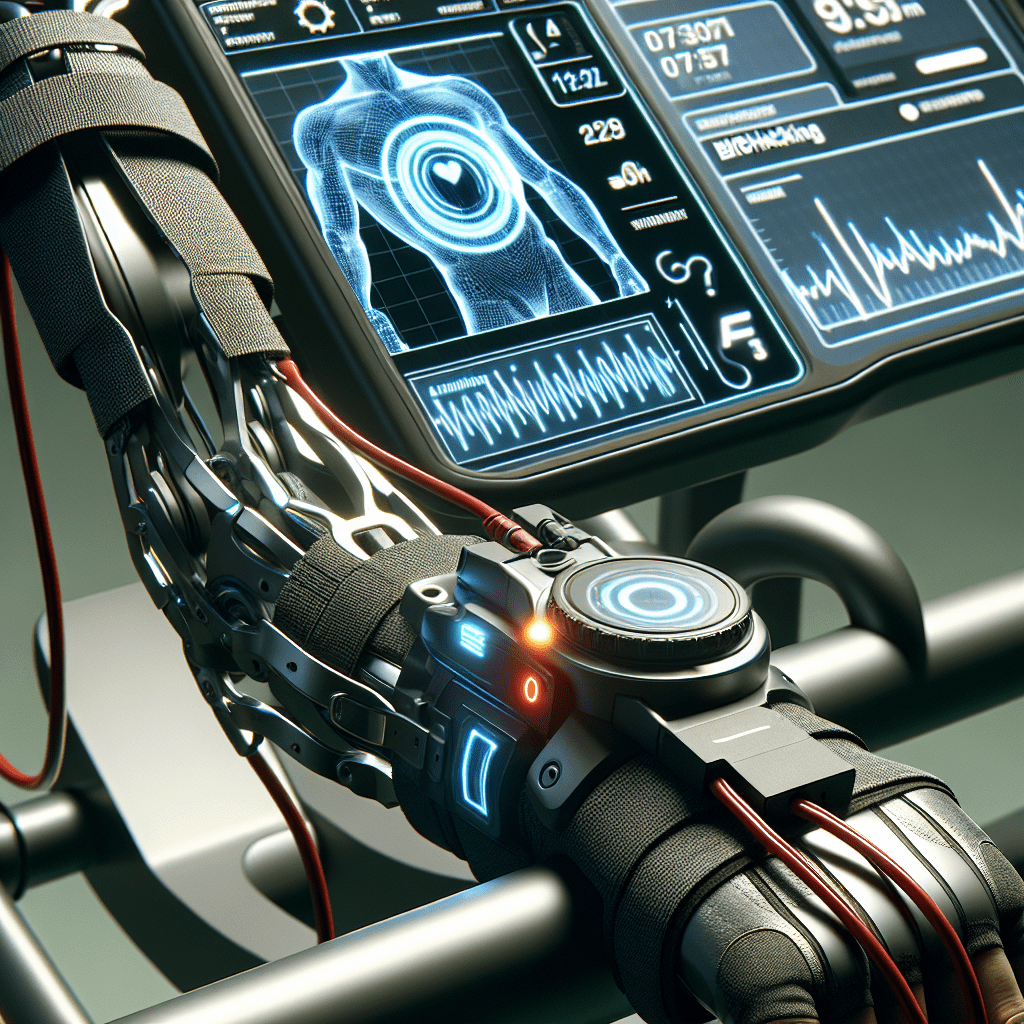
Biohacking Your Workouts: The Ultimate Guide
Introduction
In recent years, biohacking has gained significant attention in the realm of health and fitness. As individuals strive to optimize their lifestyle, improve their health, and enhance their overall well-being, biohacking has emerged as a powerful tool. By utilizing various techniques and principles, individuals can hack their biology to achieve their fitness goals more efficiently and effectively.
Key Concepts of Biohacking workout plan
When it comes to biohacking your workouts, several key concepts can significantly impact your progress and results. By understanding and implementing these concepts, you can maximize your potential and take your fitness journey to the next level. Let’s explore some of these key concepts:
Concept 1: Nutrition Optimization
Nutrition plays a vital role in any fitness journey. To biohack your workouts, it’s essential to focus on optimizing your nutrition. This involves adopting a well-balanced diet that provides the necessary macronutrients (protein, carbohydrates, and fats) and micronutrients (vitamins and minerals) for your body’s needs. Consider incorporating nutrient-dense foods, such as fruits, vegetables, lean proteins, and healthy fats. Experiment with different dietary approaches, such as intermittent fasting or ketogenic diets, to find what works best for you.
Concept 2: Sleep Management
Sleep is often overlooked but is crucial for overall health and workout performance. By prioritizing quality sleep, you can optimize your body’s recovery and regeneration processes. Create a sleep routine that includes going to bed and waking up at consistent times, ensuring a cool and dark sleep environment, and limiting exposure to electronic devices before bed. Additionally, consider using sleep-tracking technologies to monitor and improve your sleep patterns.
Concept 3: Exercise Variation and Progression
To continuously challenge your body and make progress, it’s important to incorporate exercise variation and progression into your workouts. Biohacking your workouts involves strategically changing your exercise routines to avoid plateaus and stimulate your muscles in new ways. Experiment with different types of training, such as high-intensity interval training (HIIT), strength training, and mobility exercises. Additionally, gradually increase the intensity, volume, or complexity of your workouts to ensure ongoing progress.
Concept 4: Stress Management Techniques
Stress can significantly impact your overall health and workout performance. Biohacking your workouts involves implementing stress management techniques to optimize your body’s response to stress. Consider incorporating practices like meditation, deep breathing exercises, yoga, or mindfulness to reduce stress levels. Experiment with different techniques to find what resonates with you and helps you manage stress effectively.
Concept 5: Technological Tools and Trackers
In the era of smart devices and wearables, biohackers have access to a wide range of technological tools and trackers that can enhance their workouts. Consider incorporating fitness trackers, heart rate monitors, or smartwatches to monitor your activity levels, heart rate, and sleep patterns. Additionally, explore biofeedback devices that provide real-time data on your body’s physiological responses, allowing you to optimize your workouts based on objective measurements.
Practical Biohacking Tips
Now that we’ve covered the key concepts of biohacking your workouts, let’s dive into some practical tips that you can easily incorporate into your daily routine:
- Tip 1: Prioritize Nutrient Timing: Experiment with pre- and post-workout nutrition to optimize your energy levels and muscle recovery. Consider consuming a mix of carbohydrates and protein before exercising and refueling with protein and healthy fats post-workout.
- Tip 2: Implement Active Recovery: Instead of complete rest days, incorporate active recovery exercises into your routine. This can include activities like yoga, light swimming, or mobility work, which promote blood flow and aid in muscle recovery.
- Tip 3: Practice Mindful Eating: Pay attention to your eating habits and practice mindful eating. Slow down, savor each bite, and listen to your body’s hunger and fullness cues. This can help prevent overeating and aid in proper digestion.
Tip 4: Try Intermittent Fasting: Experiment with intermittent fasting, a dietary approach that involves restricting your eating window to a specific number of hours per day. It can enhance fat burning, improve insulin sensitivity, and promote cellular repair.
Tip 5: Optimize Your Environment: Create a workout environment that promotes focus and motivation. Keep your gym or exercise space organized, play energizing music, and surround yourself with visual cues that inspire and motivate you.
Biohacking FAQs
Question 1: Can biohacking really improve my workout performance?
– Answer: Absolutely! Biohacking techniques, including optimizing nutrition, sleep, and stress management, along with using technological tools, can significantly enhance your workout performance by optimizing your body’s functions and responses.
Question 2: How long does it take to see results from biohacking my workouts?
– Answer: The timeline can vary depending on individual factors and the specific biohacking techniques employed. However, with consistent practice and implementation of biohacking principles, you can expect to see noticeable improvements in your workout performance within a few weeks to a couple of months.
Question 3: Can I biohack my workouts without using expensive gadgets or equipment?
– Answer: Yes! While technological tools can enhance your biohacking journey, they are not essential. Many biohacking principles, such as nutrition optimization, sleep management, and stress reduction, can be implemented without any additional expenses.
Question 4: How do I find the biohacking techniques that work best for me?
– Answer: Biohacking is a highly individualized practice. Experiment with different techniques and approaches to find what resonates with you and yields the best results. Listen to your body, monitor how it responds to specific interventions, and make adjustments accordingly.
Question 5: Are there any risks or potential drawbacks to biohacking my workouts?
– Answer: While biohacking can be highly beneficial, it’s important to approach it with caution and respect for your body’s limits. Always consult with a healthcare professional before making significant changes to your exercise or nutrition routines. Additionally, be mindful of your body’s signals and avoid pushing yourself excessively, which could lead to injury or burnout.
Conclusion
Biohacking your workouts can empower you to optimize your fitness journey and achieve your goals more efficiently. By implementing key concepts such as nutrition optimization, sleep management, exercise variation, stress management, and utilizing technological tools, you can biohack your way to better workout performance and overall well-being. Remember, biohacking is a journey of self-discovery, so embrace experimentation, listen to your body, and enjoy the process of optimizing your health and fitness.


